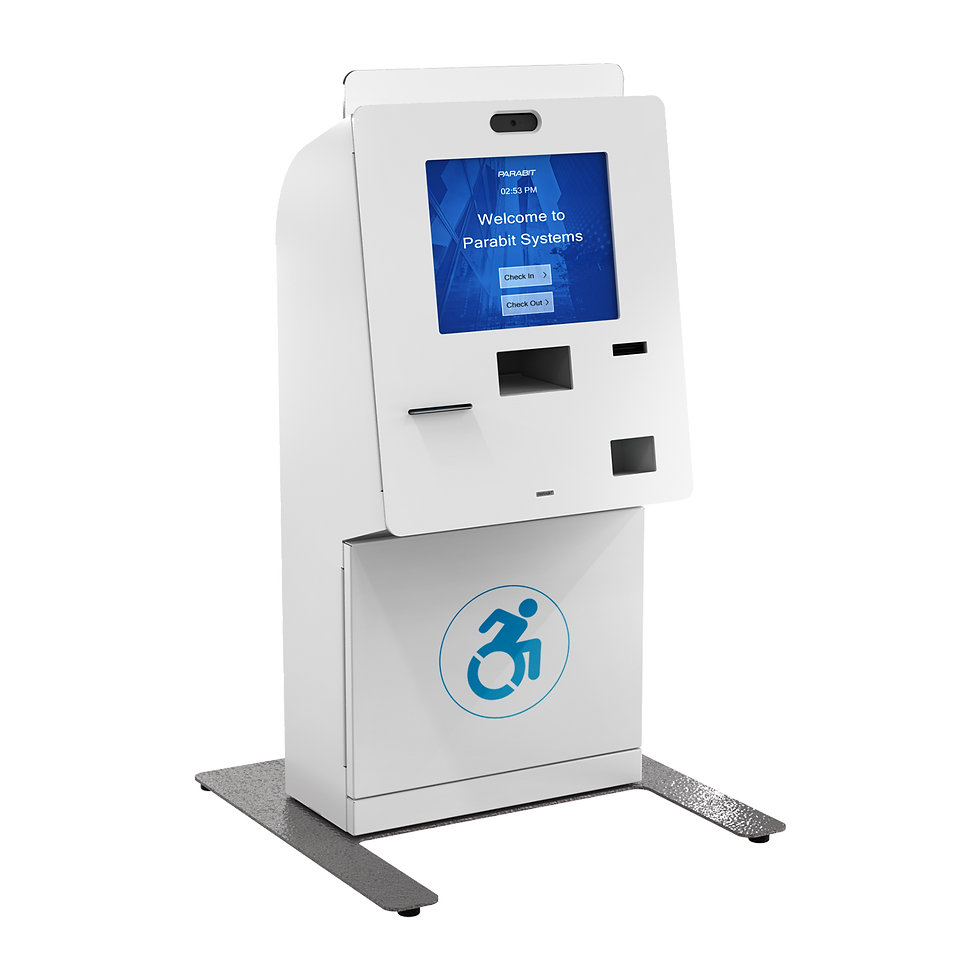Accessibility Musts: Why ADA-Compliant Design Isn’t Optional
- Parabit

- Apr 18
- 2 min read

In a world shaped by fast-paced innovation and a growing demand for inclusive environments, accessibility is not a feature but a foundation. The Americans with Disabilities Act (ADA), signed into law in 1990, was never meant to be an afterthought. It declared that everyone, regardless of ability, deserves equal access to public spaces, services, and experiences. Yet more than three decades later, ADA compliance is still treated by some as a checkbox instead of a baseline.
True accessibility is not just about following regulations, it's about designing for dignity. That means anticipating needs instead of reacting to complaints. It means creating environments that are not only navigable but also welcoming. And it means recognizing that accessible design does not just serve a small group. It improves the experience for everyone.
Think about the last time you navigated a crowded transit hub, a convention center, or a public building. If a wide, low-profile ramp or elevator made your movement easier, you were benefiting from accessibility design, whether you needed it or not. If well-placed signage helped you find your way, if the counter height at a help desk allowed a child or someone in a wheelchair to be seen and heard, that was access in action.
When accessibility is embedded into the design process from the start, it eliminates barriers before they can take shape. This is not only smart planning, but also responsible design. The best architects, engineers, and integrators do not wait for codes to dictate how a space should work; they instead ask who the space is for and build accordingly. Designing environments that support Persons of Reduced Mobility (PRM) is not only essential for compliance, it is a necessary step toward future-ready spaces.
Whether it is in transportation hubs, healthcare facilities, educational campuses, or public-facing venues, the message is clear: inclusion is not optional, and accessibility is not negotiable. Accessibility sets the standard for spaces that are functional, respectful, and built to last.


